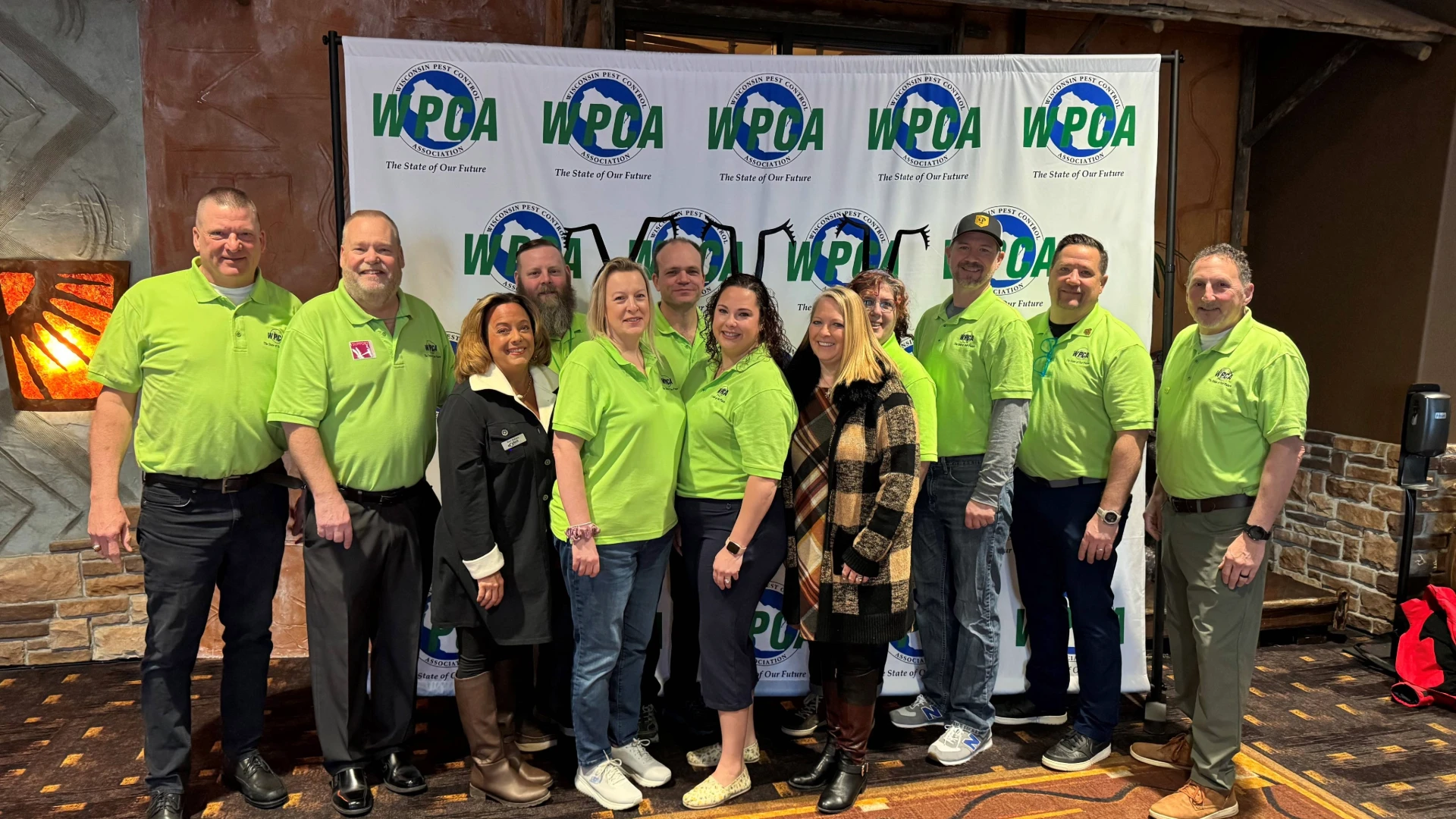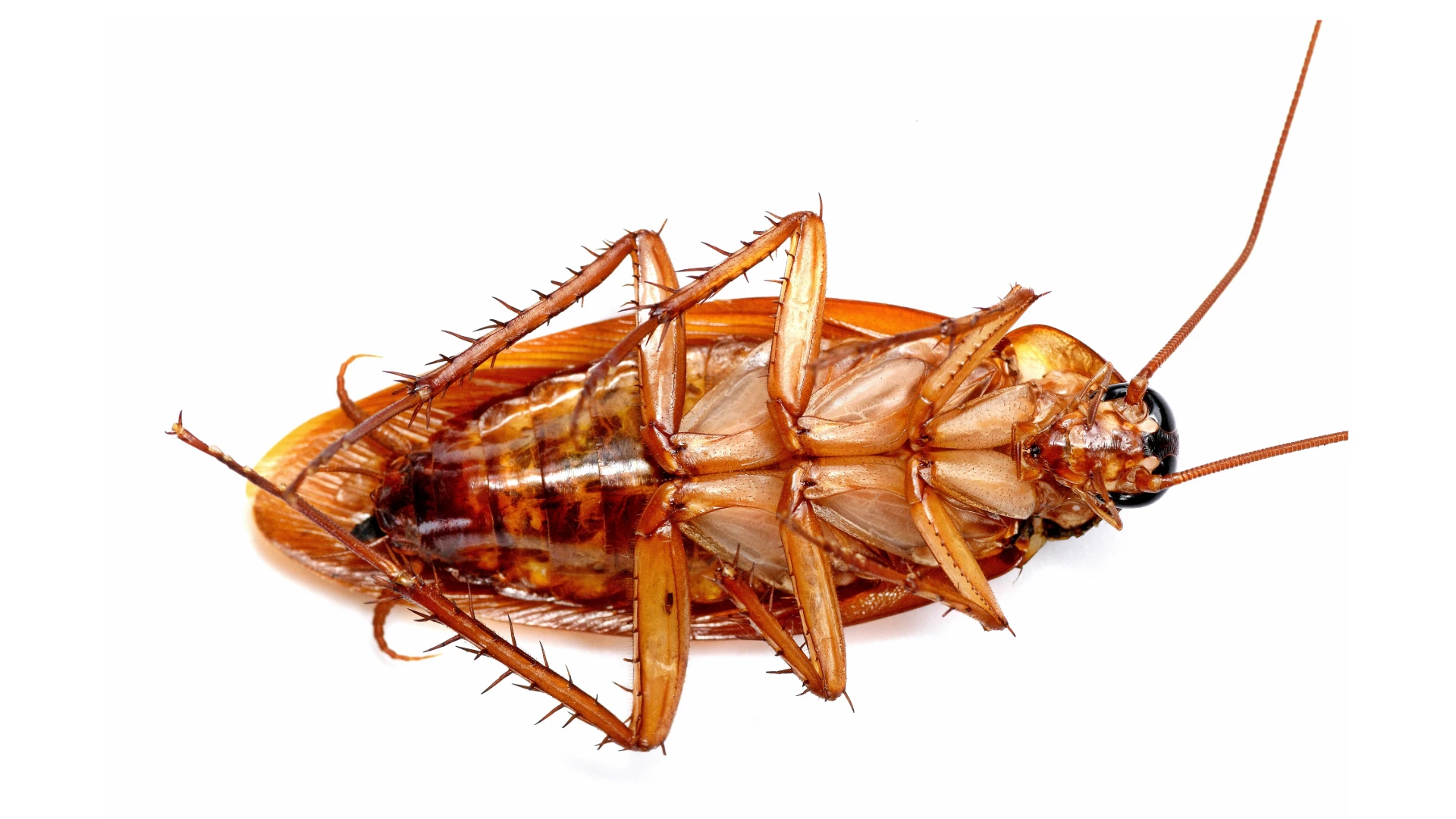"The train has left the station, the question now is do we want to be conductors or engineers?" This was one of the opening statements from the National Integrated Pest Management In Schools workshop held in Washington, D.C. earlier this year. The speaker was referring to the fact that IPM has become a driving force in the debate about pest management in schools.
Conference attendees included representatives from across the United States, including those from private industry, NPCA, local school systems that have funded IPM programs, state extension personnel responsible for implementing IPM programs and representatives from states that have mandated IPM initiatives. In short, attendees represented a cross-section of groups and individuals that are in the field working on IPM solutions in schools, day care centers and other sensitive ac-counts. Also in attendance were EPA personnel, including representatives of the newly formed Children Health Protection Advisory Panel at EPA.
THE MEETING. First, let’s discuss what happened. The program consisted of presentations focusing on IPM programs that are currently up and running, in addition to the obstacles encountered while launching these programs. The educational materials presented at the conference represented a great deal of work by people who are truly concerned about exposure of children to pesticides and pests. Throughout the United States there have been ambitious efforts to educate teachers and students, as well as administrators and the janitorial, maintenance, sanitation and kitchen staffs of various school systems. There was a lot of discussion about IPM, the Internet and information that is readily available about the topic of IPM. The bottom line is there is a lot of information out there for us to use — all we have to do is use it, compile it and maybe centralize it for others to use who will be developing IPM programs.
Here is where it gets interesting. From this point, I’ll give you my assessment of where IPM in these environments is going. First and probably foremost, schools are being called Children Sensitive Facilities (CSFs). This should tell you a great deal about the “sensitive” nature of this debate. Let me put it more bluntly. If you want to perform pest management work in CSFs, then you’ll be facing a group of individuals that have preconceived notions about pesticides, yet don’t have any preconceived notions about the dangers of pests and microorganisms and will perhaps have the power of legislation on their side. You will be dealing with a school board that may be pressured by PTAs and other concerned groups.
The public’s perception of IPM is that it can always lead to the reduction of hazardous materials in the child’s environment. The EPA reports that children spend 80% of their day indoors, perhaps mostly in schools when you consider extra-curricular activities. EPA is concerned about the child’s exposure to substances that MAY effect their health and well-being. They zero in on pesticides, the most obvious exposure. But it was pointed out that they generally ignore microorganisms and sanitizers also used in the school systems. These materials are usually registered pesticides and could also be a problem. It was also pointed out that the assessment of an IPM program must include an evaluation of the interaction between children (and school staff) with pests and pesticides. After all, in some school environments, pests are as natural as reading, writing and arithmetic.
Discussion on the use of pesticides in IPM programs included possible consideration of classifying pesticides as essentially “good” and “bad” for use in public buildings. This was suggested as a label inclusion and it’s not the first time this issue has been raised. After all, we already have at least two mandated IPM programs that delineate the pesticides that are best for use in schools versus others that are considered more of a “problem.” I suspect we will see a continued trend in this direction.
WHAT IS THE ANSWER? With all the rhetoric about IPM it is fairly obvious that the essential end to the program is reduced pesticide use, incidents, exposure, etc., in schools. Even though there is no data to support that control is actually better than before PCOs implemented IPM programs (whenever that was), there is a sense that such statements are fact! When something is repeated enough, whether it is true or not, it sometimes becomes “true” to the folks who believe it.
I believe that we cannot compare the pest control of years ago to the pest control of today for several reasons. First, we have arguably more effective pesticides and different formulations, better-trained technicians (although this is an arguable statement, too) and more precise application regimens. But, also, years ago we did not have the pressure to do some of the things that would have reduced exposures — and admittedly we didn’t have many reported exposure problems. In other words, I do not feel we can compare apples and oranges.
It has been proven time and time again with data in other areas of pest control that we can achieve control of insects and pests — even elimination of pest problems including structural, lawn and ornamental problems — with reduced pesticide applications around buildings. It has also been demonstrated that sanitation and exclusion can keep animals out, weeds from growing around buildings and birds from perching and defecating on passersby. But usually this is the expensive side of the IPM equation. Reducing pesticide application and the amounts of chemical applied, gaining control, monitoring and inspection are the real keys to the program. So no matter what the hype, pesticide reduction is the bottom line.
Now, where do PCOs fit in? Right now many of you are the passengers on this “IPM” train if you want to be, but there are pest management professionals who are already conductors or even engineers. Those PCOs who have seen ways to market their IPM programs and work within the guidelines of the programs have found success. There are stories about them all of the time in industry trade magazines. They work within the system. For them, applying pesticide is sometimes necessary, especially when there are pests present, but they don’t apply pesticides when pests aren’t present. If you ask, “What do they do if there are no pests?” then you do not belong in a CSFs at this time. Monitoring is the answer.
But in many of the examples that were presented during the meeting, monitoring, placing monitors and evaluations were preformed by individuals who are not PCOs. This work is performed by sanitation, kitchen and janitorial staff. They have been trained in inspection and monitoring techniques and in the use of baits (mostly insecticide baits) but they do not do termite or bird control.
So where do you fit if you want to get involved in this market? The feeling was that pest management professionals do have a place in these programs, but the question is, where are the people that can do this work? Discussions lead to requirements for licensing and certification. Some states already have requirements for training in IPM in schools. One even has a designated certification category. Will we end up with this as a national requirement? It’s a possibility. After essentially 25 years of FIFRA certification requirements, the EPA is assessing the success of the program. As a result, there could be a recommendation for an IPM category. This is an interesting idea and one that will probably be met with some heated discussions. State agencies will have some serious deliberations on this topic — so will the pest control industry regarding whether or not it will support such a recommendation. When someone asks you your opinion on this issue, where will you stand?
George Rambo is president of George Rambo Consulting Services, 1004 Van Buren St., Herndon VA 22070, 703/709-6364.

Explore the May 1999 Issue
Check out more from this issue and find your next story to read.
Latest from Pest Control Technology
- Lloyd Pest Control Treats 'Kitchen Nightmare' Cockroach Infestation
- Beach Pest Service Opens New Office in Hampstead, N.C.
- NYC PCO Growing Business with Focus on Corporate Clients
- Massey Services Promotes Silver, Crespo to Director Roles
- Recurring Services Model, Wildlife Offerings Lead to Impressive Growth for Tailor Made
- Shelters: Difficult to Manage
- NPMA Announces Recipients of 2025 Impact Awards
- Fleetio Expands Geotab Integration with Shop Network Add-In





